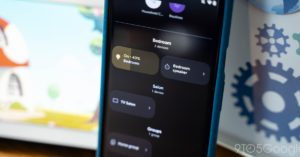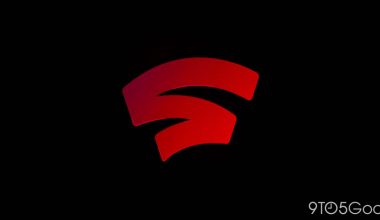In this week’s top stories, we exclusively reveal some interesting new Pixel Watch specifications, Google offers existing G Suite users a free Legacy G Suite tier, Chromecasts and Smart Displays stop using bandwidth saving techniques, and more.
Despite the Pixel Watch running on a CPU from 2018, 9to5Google was able to report exclusively on how Google looks to have improved the device’s specifications. The Pixel Watch will include a dedicated co-processor and more RAM than any other wristwatch on the market right now, surpassing the 1.5GB of the Galaxy Watch 4s.
We have noted that the Fitbit Luxe and Charge 5’s sensors are visually comparable to several of the Pixel Watch’s health and fitness specifications. There is a heart rate sensor and hardware for blood oxygen and electrocardiogram readings, as one might anticipate.
Google had previously stated that it would be retiring G Suite/numerous Workspace’s free accounts and switching them to regular Gmail accounts. This Monday, the situation changed, allowing those current customers to keep their free Legacy G Suite account with a unique email address, but only for personal use.
Google merely wants businesses to pay for Workspace at the end of the day. If the business had known how much personal usage there was and excluded those legacy users from the start, there would have been a lot less uncertainty.
For Chromecasts and smart displays that employ Assistant Ambient mode or Google Photos Photo Frame, Google this recently restored some quicker slideshow speeds. To ease the burden on internet networks caused by millions of people suddenly working from home, these faster options—which consume more bandwidth—were blocked in early 2020.
Google “also” decreased the quality of Hangouts, YouTube resolution presets, and Nest Cam video feeds two years ago. This measure applied to the entire sector.
This week, Sony unveiled the LinkBuds S, a follow-up to their earlier project that emphasized accessibility of ambient sound. With active noise cancellation, full Google Assistant integration, smart ambient features, and an $199 price tag , the LinkBuds S manage to deliver a feature set that is eerily identical to last summer’s Pixel Buds Pro.
The extremely lightweight design of the LinkBuds S is its most notable feature, according to Sony. Each earbud only weighs 4.8 grams. In contrast, Pixel Buds Pro will weigh 6.2 grams while Pixel Buds A-Series will weigh slightly over 5 grams for each earbud without ANC. According to Sony, these earbuds can employ their smart features to be a part of a user’s complete day, which is consistent with this statement. Additionally, the earphones have an IPX4 grade for water resistance.
The first-generation Nest Hub smart display is receiving a new upgrade that adds the app drawer and practical Bluetooth controls. In addition, the Nest Hub’s settings now display the Fuchsia version of your device, with the most recent upgrade going from version 4.x to 6.x.
Swiping up from the bottom of the screen exposes the app launcher that was initially made available for the Nest Hub Max (in September 2021) and later the 2nd-generation Hub (October). Six recent icons are displayed above the setting strip, each with a See all button next to them. There are a total of 19 apps and functions in the drawer.
THE OTHER TOP STORIES FROM THIS WEEK ARE AS FOLLOWS: Android | Google | Made by Google | Videos | FTC: We employ automatically generating affiliate links that generate revenue. More.







